編輯:關於Android編程
作為一名Android開發人員,相信大家對圖片OOM的問題已經耳熟能詳了,關於圖片緩存和解決OOM的開源項目也是相當的多,被大家熟知的就是Universal_image_loader和Volley了,Volley在前面的文章中已經有介紹。Universal_image_loader在圖片緩存功能方面應該算功能最強的,但是感覺很多功能用不上,所以在項目中我一般不太喜歡使用Universal_image_loader(因為本身自己的App源碼非常多,加入這些開源庫就就更大了,容易出現無法編譯的問題,因為Android貌似對一個應用中的方法個數好像有限制,貌似是655**個吧,具體多少我也記不清)。
關於處理圖片緩存上,我接觸的兩個播放器項目中,使用的都是BitmapFun,BitmapFun 是Google為Android開發提供了一個培訓教程,既然是Google提供的,那麼我覺得作為一名合格的Android開發人員很有必要學習學習,而且BitmapFun非常簡單,基本可以滿足我們項目中對於圖片緩存處理需求了。
對於開源項目的學習,我通常很少在應用層面來學習的,因為如何使用一個開源項目的相關博客已經相當多了,而且寫得都非常詳細,對於大多數開源項目它都是自帶sample的,所以如果想學習如何使用某個開源項目,好好研究sample就行了,但是我始終認為,熟悉經典開源項目源碼才是王道。好了廢話不多說,我們開始學習BitmapFun源碼吧。
1、BitmapFun結構
BitmapFun和其他開源庫的結構稍有不同,因為它僅僅是Google的培訓教程,所以BitmapFun和它的sample放在了一個工程裡面,結構圖如下:上面部分是BitmapFun的應用,下面部分是BitmapFun的源碼。
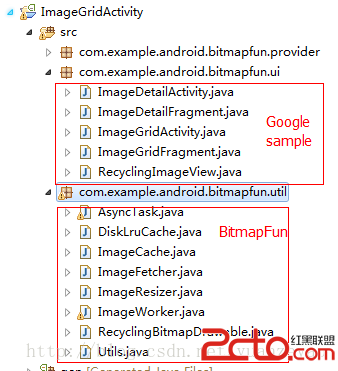
2、相關類介紹
在BitmapFun中最重要的一個類就是ImageFetcher,請求圖片主要就是調用loadImage方法,但是這個類是繼承ImageResizer,而ImageResizser是繼承ImageWorker,所以我們就從ImageWorker開始學習吧
ImageWorker.java
/**
這個類用來封裝一次圖片的加載過程,包括使用從緩存中加載
*/
public abstract class ImageWorker {
private static final String TAG = ImageWorker;
//這個變量用於動畫效果,沒有實際意義
private static final int FADE_IN_TIME = 200;
//緩存,包括磁盤緩存和內存緩存
private ImageCache mImageCache;
//創建緩存需要的參數
private ImageCache.ImageCacheParams mImageCacheParams;
//加載過程中,ImageView顯示的圖片
private Bitmap mLoadingBitmap;
//是否使用漸變效果
private boolean mFadeInBitmap = true;
//是否提前退出任務,如果true,那麼圖片請求回來後是不會顯示出來的
private boolean mExitTasksEarly = false;
//是否暫停任務
protected boolean mPauseWork = false;
private final Object mPauseWorkLock = new Object();
protected Resources mResources;
private static final int MESSAGE_CLEAR = 0;
private static final int MESSAGE_INIT_DISK_CACHE = 1;
private static final int MESSAGE_FLUSH = 2;
private static final int MESSAGE_CLOSE = 3;
protected ImageWorker(Context context) {
mResources = context.getResources();
}
/**
* 請求一張圖片的接口
* @param 圖片url
* @param 要顯示這種圖片的ImageView
*/
public void loadImage(Object data, ImageView imageView) {
if (data == null) {
return;
}
BitmapDrawable value = null;
//如果緩存對象不為空,那麼從內存緩存中讀取對象
if (mImageCache != null) {
value = mImageCache.getBitmapFromMemCache(String.valueOf(data));
}
if (value != null) {
// 內存緩存命中,那麼直接顯示
imageView.setImageDrawable(value);
} else if (cancelPotentialWork(data, imageView)) {
//內存緩存沒有命中,那麼創建一個圖片請求Task,將imageView作為參數
final BitmapWorkerTask task = new BitmapWorkerTask(imageView);
//AsyncDrawable 是BitmapDrawable子類,主要用來存放當前任務的弱應用
final AsyncDrawable asyncDrawable =
new AsyncDrawable(mResources, mLoadingBitmap, task);
//將asyncDrawable設置到imageView中,這樣imageView和當前任務就一一對應了
imageView.setImageDrawable(asyncDrawable);
//調用AsyncTask的executeOnExecutor方法,這個AsyncTask和Android系統中的AsyncTask有些區別,但是使用上一樣的
task.executeOnExecutor(AsyncTask.DUAL_THREAD_EXECUTOR, data);
}
}
/**
* 設置加載過程中的默認圖片
*
* @param bitmap
*/
public void setLoadingImage(Bitmap bitmap) {
mLoadingBitmap = bitmap;
}
/**
* 將本地圖片設置為默認圖片
*
* @param resId
*/
public void setLoadingImage(int resId) {
mLoadingBitmap = BitmapFactory.decodeResource(mResources, resId);
}
/**
* 添加一個緩沖對象,創建磁盤緩存時需要子線程中完成
* @param fragmentManager
* @param cacheParams The cache parameters to use for the image cache.
*/
public void addImageCache(FragmentManager fragmentManager,
ImageCache.ImageCacheParams cacheParams) {
mImageCacheParams = cacheParams;
mImageCache = ImageCache.getInstance(fragmentManager, mImageCacheParams);
//完成磁盤緩存初始化
new CacheAsyncTask().execute(MESSAGE_INIT_DISK_CACHE);
}
/**
* Adds an {@link ImageCache} to this {@link ImageWorker} to handle disk and memory bitmap
* caching.
* @param activity
* @param diskCacheDirectoryName See
* {@link ImageCache.ImageCacheParams#ImageCacheParams(Context, String)}.
*/
public void addImageCache(FragmentActivity activity, String diskCacheDirectoryName) {
mImageCacheParams = new ImageCache.ImageCacheParams(activity, diskCacheDirectoryName);
mImageCache = ImageCache.getInstance(activity.getSupportFragmentManager(), mImageCacheParams);
new CacheAsyncTask().execute(MESSAGE_INIT_DISK_CACHE);
}
/**
* 設置是否使用漸變效果
*/
public void setImageFadeIn(boolean fadeIn) {
mFadeInBitmap = fadeIn;
}
//是否提前退出任務
public void setExitTasksEarly(boolean exitTasksEarly) {
mExitTasksEarly = exitTasksEarly;
setPauseWork(false);
}
/**
* Subclasses should override this to define any processing or work that must happen to produce
* the final bitmap. This will be executed in a background thread and be long running. For
* example, you could resize a large bitmap here, or pull down an image from the network.
*
* @param data The data to identify which image to process, as provided by
* {@link ImageWorker#loadImage(Object, ImageView)}
* @return The processed bitmap
*/
protected abstract Bitmap processBitmap(Object data);
/**
* @return The {@link ImageCache} object currently being used by this ImageWorker.
*/
protected ImageCache getImageCache() {
return mImageCache;
}
/**
* Cancels any pending work attached to the provided ImageView.
* @param imageView
*/
public static void cancelWork(ImageView imageView) {
//通過ImageView找到task,為什麼可以找到?因為imageView和task一一對應
final BitmapWorkerTask bitmapWorkerTask = getBitmapWorkerTask(imageView);
//如果task不為空,那麼取消
if (bitmapWorkerTask != null) {
bitmapWorkerTask.cancel(true);
if (BuildConfig.DEBUG) {
final Object bitmapData = bitmapWorkerTask.data;
Log.d(TAG, cancelWork - cancelled work for + bitmapData);
}
}
}
/**
* Returns true if the current work has been canceled or if there was no work in
* progress on this image view.
* Returns false if the work in progress deals with the same data. The work is not
* stopped in that case.
*/
public static boolean cancelPotentialWork(Object data, ImageView imageView) {
//通過imageView找到task
final BitmapWorkerTask bitmapWorkerTask = getBitmapWorkerTask(imageView);
if (bitmapWorkerTask != null) {
//如果找到的task不為null,並且task的url和給定的url相同,那麼取消任務
final Object bitmapData = bitmapWorkerTask.data;
if (bitmapData == null || !bitmapData.equals(data)) {
bitmapWorkerTask.cancel(true);
if (BuildConfig.DEBUG) {
Log.d(TAG, cancelPotentialWork - cancelled work for + data);
}
} else {
// The same work is already in progress.
return false;
}
}
return true;
}
/**
* 通過iamgeView找到對應的Task
*/
private static BitmapWorkerTask getBitmapWorkerTask(ImageView imageView) {
if (imageView != null) {
final Drawable drawable = imageView.getDrawable();
if (drawable instanceof AsyncDrawable) {
final AsyncDrawable asyncDrawable = (AsyncDrawable) drawable;
return asyncDrawable.getBitmapWorkerTask();
}
}
return null;
}
/**
* 一個請求圖片的異步任務,
*/
private class BitmapWorkerTask extends AsyncTask
@Override
protected Bitmap processBitmap(Object data) {
return processBitmap(Integer.parseInt(String.valueOf(data)));
}
private Bitmap processBitmap(int resId) {
if (BuildConfig.DEBUG) {
Log.d(TAG, processBitmap - + resId);
}
return decodeSampledBitmapFromResource(mResources, resId, mImageWidth,
mImageHeight, getImageCache());
}
private Bitmap processBitmap(String data) {
final String key = ImageCache.hashKeyForDisk(data);
FileDescriptor fileDescriptor = null;
FileInputStream fileInputStream = null;
DiskLruCache.Snapshot snapshot;
//檢查mHttpDiskCache是否已經初始化,這裡一定要注意,mHttpDiskCache這個磁盤緩存是在ImageFetcher調用addImageCache時初始化的,如果你沒有調用addImageCache
//那麼這裡就會阻塞,從而無法獲取圖片,具體情況還請大家自己分析代碼吧
synchronized (mHttpDiskCacheLock) {
// Wait for disk cache to initialize
while (mHttpDiskCacheStarting) {
try {
mHttpDiskCacheLock.wait();
} catch (InterruptedException e) {}
}
//下面這段代碼就是從mHttpDiskCache裡面寫入圖片
if (mHttpDiskCache != null) {
try {
snapshot = mHttpDiskCache.get(key);
if (snapshot == null) {
if (BuildConfig.DEBUG) {
Log.d(TAG, processBitmap, not found in http cache, downloading...);
}
DiskLruCache.Editor editor = mHttpDiskCache.edit(key);
if (editor != null) {
//下載圖片邏輯在這裡
if (downloadUrlToStream(data,
editor.newOutputStream(DISK_CACHE_INDEX))) {
editor.commit();
} else {
editor.abort();
}
}
snapshot = mHttpDiskCache.get(key);
}
if (snapshot != null) {
fileInputStream =
(FileInputStream) snapshot.getInputStream(DISK_CACHE_INDEX);
fileDescriptor = fileInputStream.getFD();
}
} catch (IOException e) {
Log.e(TAG, processBitmap - + e);
} catch (IllegalStateException e) {
Log.e(TAG, processBitmap - + e);
} finally {
if (fileDescriptor == null && fileInputStream != null) {
try {
fileInputStream.close();
} catch (IOException e) {}
}
}
}
}
Bitmap bitmap = null;
if (fileDescriptor != null) {
//調用ImageResizer中的方法來將mHttpDiskCache中的緩存生成指定大小的圖片
bitmap = decodeSampledBitmapFromDescriptor(fileDescriptor, mImageWidth,
mImageHeight, getImageCache());
}
if (fileInputStream != null) {
try {
fileInputStream.close();
} catch (IOException e) {}
}
return bitmap;
}
/**
* 從網絡通過HttpURLConnection下載圖片,並寫入到磁盤緩存
*
* @param urlString The URL to fetch
* @return true if successful, false otherwise
*/
public boolean downloadUrlToStream(String urlString, OutputStream outputStream) {
disableConnectionReuseIfNecessary();
HttpURLConnection urlConnection = null;
BufferedOutputStream out = null;
BufferedInputStream in = null;
try {
final URL url = new URL(urlString);
urlConnection = (HttpURLConnection) url.openConnection();
in = new BufferedInputStream(urlConnection.getInputStream(), IO_BUFFER_SIZE);
out = new BufferedOutputStream(outputStream, IO_BUFFER_SIZE);
int b;
while ((b = in.read()) != -1) {
out.write(b);
}
return true;
} catch (final IOException e) {
Log.e(TAG, Error in downloadBitmap - + e);
} finally {
if (urlConnection != null) {
urlConnection.disconnect();
}
try {
if (out != null) {
out.close();
}
if (in != null) {
in.close();
}
} catch (final IOException e) {}
}
return false;
}
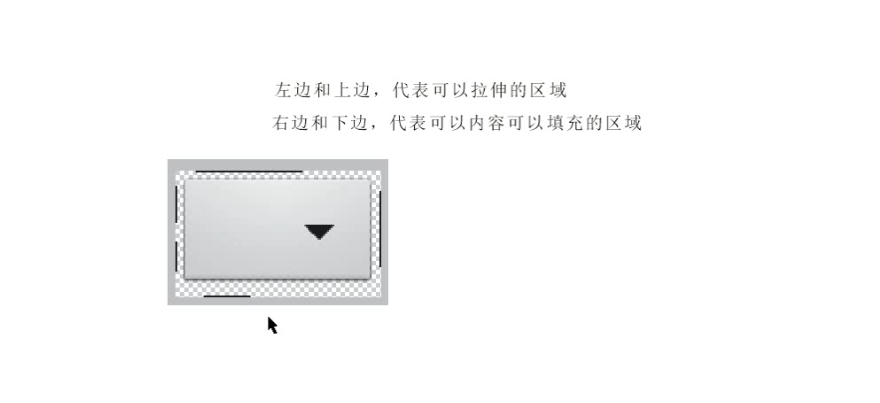 Android開發常用工具總結
Android開發常用工具總結
什麼是AIDL以及如何使用 ①aidl是Android interface definition Language 的英文縮寫,意思Android 接口定義語言。 ②使用
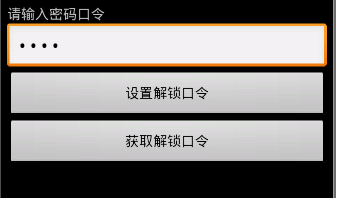 Android存儲五大方式
Android存儲五大方式
Android存儲五大方式:1 使用SharedPreferences存儲數據2 文件存儲數據3 SQLite數據庫存儲數據4 使用ContentProvider存儲數據
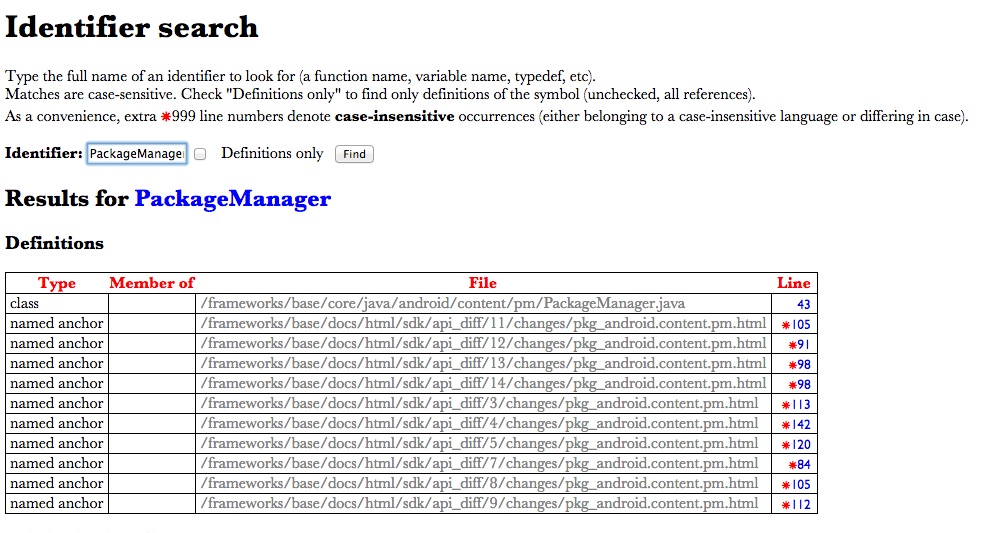 android源代碼在線搜索
android源代碼在線搜索
在沒有google的時代,當在開發中遇到問題時,程序員唯一的方式就是去讀源代碼,雖然現在可以通過搜索引擎解決大部分開發問題,但是要想理解其內部運行原理,還是要去讀源代碼。
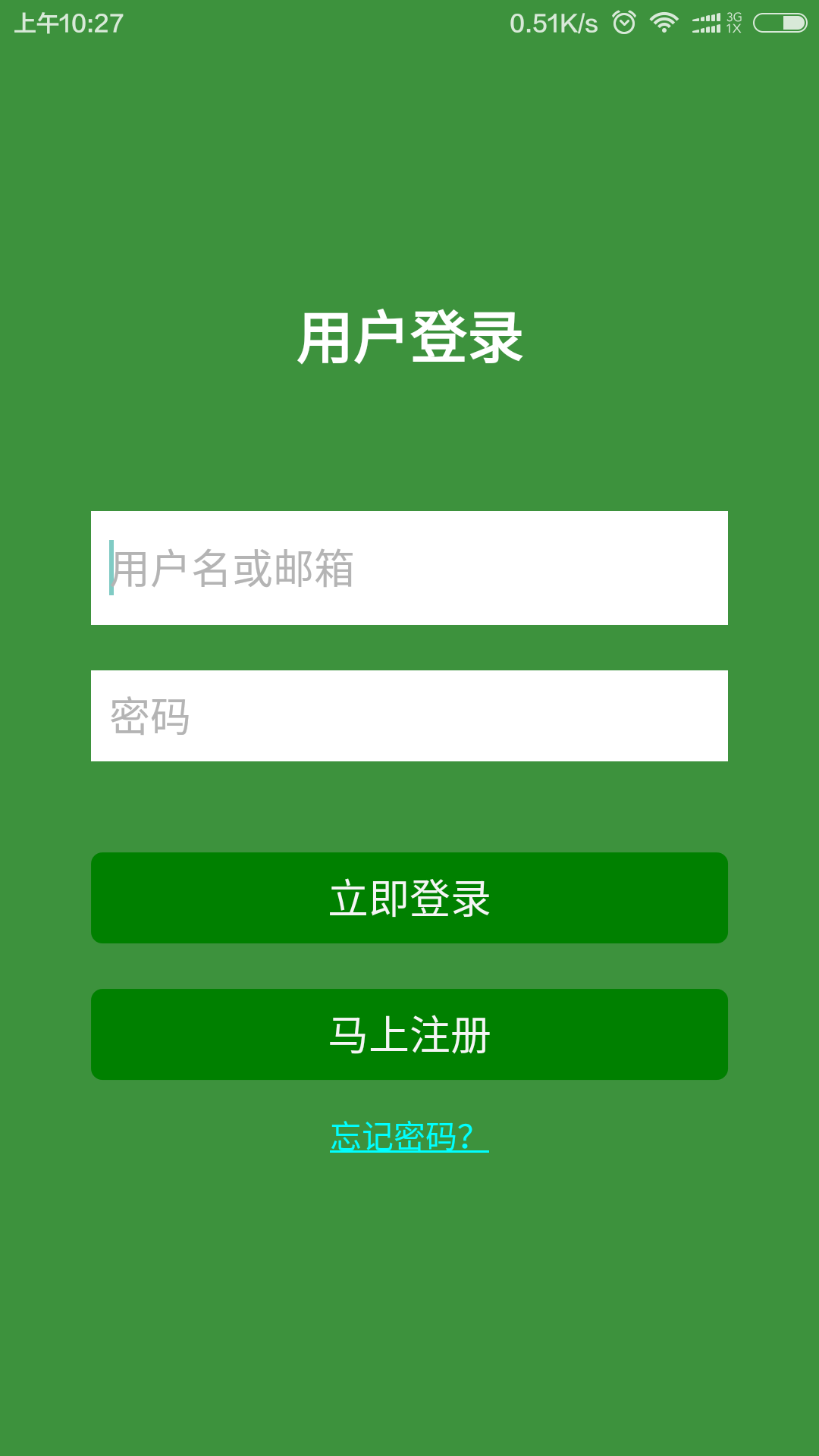 安卓開發 第六篇 我的安卓應用架構設計-----BaseActivity類
安卓開發 第六篇 我的安卓應用架構設計-----BaseActivity類
BaseActivity是項目中所有activity的基類,含有一些公共的屬性和方法,同時控制toolbar的顯示,以及其他一些功能。。。來看源碼:/** * BaseA